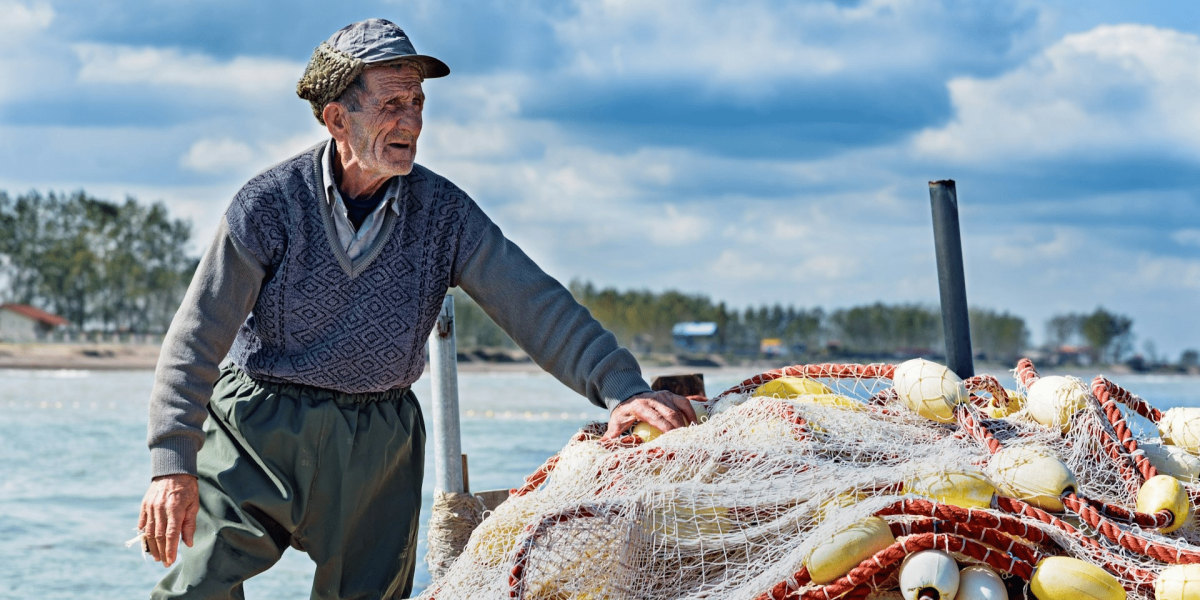The fishing industry in the southern United States plays a crucial role in the region’s economy, culture, and way of life. From commercial fishing to recreational angling, the industry supports countless jobs and contributes significantly to the local economy. This article explores the various aspects of the fishing industry in the southern United States, its economic impact, environmental considerations, and future prospects.
Economic Impact of the Fishing Industry
Commercial fishing is a major economic driver in the southern United States. States like Louisiana, Mississippi, Alabama, and Texas have thriving seafood industries, producing a variety of species such as shrimp, crab, oysters, and various fish. According to the National Oceanic and Atmospheric Administration (NOAA), the Gulf of Mexico is one of the most productive fishing areas in the country, supporting a billion-dollar industry.
Recreational fishing also significantly contributes to the economy. The southern United States is home to numerous lakes, rivers, and coastal areas that attract millions of anglers each year. The revenue generated from fishing licenses, equipment sales, and tourism-related activities supports local businesses and communities. The American Sportfishing Association reports that recreational fishing generates billions of dollars annually in economic output.
Key Species and Fisheries
The Gulf shrimp fishery is one of the largest and most valuable in the southern United States. The warm waters of the Gulf of Mexico provide an ideal habitat for shrimp, making it a staple of the local seafood industry. Gulf shrimp are prized for their flavor and are a popular choice in both domestic and international markets.
Blue crab is another important species for the southern fishing industry. Found in abundance in the estuaries and coastal waters, blue crabs are harvested for their sweet and tender meat. The blue crab fishery supports thousands of jobs and is a significant contributor to the local economy, particularly in states like Louisiana and Maryland.
Oysters are a valuable resource in the southern United States, with oyster reefs providing crucial habitat for various marine species. The Gulf Coast is renowned for its high-quality oysters, which are harvested both for their meat and for pearl production. Sustainable oyster farming practices are being implemented to ensure the long-term viability of this important fishery.
Environmental Considerations
One of the major challenges facing the fishing industry in the southern United States is overfishing. To address this issue, various management practices and regulations have been implemented. NOAA and state agencies work together to monitor fish populations and set quotas to ensure sustainable harvest levels. These efforts aim to balance economic interests with the need to protect marine ecosystems.
Climate change poses a significant threat to the fishing industry in the southern United States. Rising sea temperatures, changing weather patterns, and ocean acidification impact fish populations and their habitats. The industry must adapt to these changes by developing resilient practices and investing in research to understand and mitigate the effects of climate change.
Habitat restoration is essential for maintaining healthy fish populations. Efforts to restore wetlands, estuaries, and coral reefs help support marine biodiversity and enhance the productivity of fisheries. Programs like the Gulf Coast Ecosystem Restoration Council focus on restoring and preserving critical habitats, benefiting both the environment and the fishing industry.
Future Prospects
Technological advancements are shaping the future of the fishing industry in the southern United States. Innovations in fishing gear, aquaculture, and data management are improving efficiency and sustainability. For example, advanced sonar and GPS technology help fishermen locate and catch fish more precisely, reducing bycatch and environmental impact.
Aquaculture, or fish farming, is becoming increasingly important as a supplement to wild fisheries. The southern United States has the potential to expand its aquaculture industry, particularly in species like catfish, tilapia, and shrimp. Sustainable aquaculture practices can help meet the growing demand for seafood while alleviating pressure on wild fish stocks.
Effective policy and regulation are crucial for the long-term success of the fishing industry. Continued collaboration between federal, state, and local agencies ensures that fishing practices remain sustainable and environmentally responsible. By supporting research, enforcing regulations, and engaging with stakeholders, policymakers can help secure the future of the industry.
The fishing industry in the southern United States is a vital part of the region’s economy and culture. From commercial fishing to recreational angling, the industry provides jobs, supports local communities, and contributes to the nation’s food supply. While challenges such as overfishing, climate change, and habitat degradation exist, ongoing efforts in sustainability, technological innovation, and effective policy can help ensure the industry’s future. By balancing economic interests with environmental stewardship, the southern United States can continue to thrive as a hub for the fishing industry.






